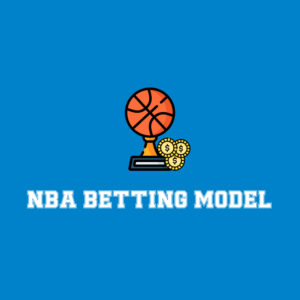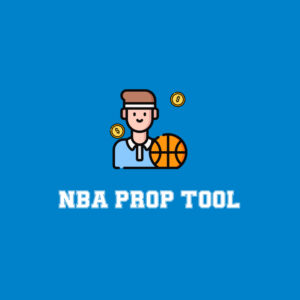
On Sunday, the Green Bay Packers beat the Dallas Cowboys, becoming the first seventh seed to win a playoff game in NFL history.
No, that’s not right. The Packers didn’t beat the Cowboys – they annihilated them. Jordan Love and the Packers put up a passing DVOA of 189.9%, the best in Green Bay franchise history. The much-maligned defense clamped down Dallas for a full half, with the Cowboys only making the score halfway-respectable in garbage time. It was an old-fashioned shellacking, to the point where Green Bay’s next opponent started scouting them midway through the second quarter.
They also neatly punctured the idea that the seventh seed is a waste of time. Under the old playoff format, Green Bay would be sitting at home right now. Instead, their late-season hot streak has turned them from neat story into actual threat. The Packers have moved up to eighth in total DVOA and fourth in weighted DVOA, including the second-highest offensive mark at 26.3%. For three months, the Packers were not a championship-caliber team – the youngest team in football, they had some serious growing pains to go through. Now, though, they’re a threat to anyone they play, and have dreams of repeating the lowest seed-to-Super Bowl champion feat they managed in 2010.
Their reward? A matchup against the San Francisco 49ers, the monster at the end of Green Bay’s season far too often during the Aaron Rodgers era. This will be the 10th time the Packers and 49ers have met in the postseason, and while Green Bay had their way with Steve Young and company in the ‘90s, it’s been a long, uphill battle in recent years. They were 0-4 against San Francisco with Rodgers at the helm, including two consecutive losses to Kyle Shanahan’s unit.
The 49ers are rested and ready. The only team with a better weighted offensive DVOA than the Packers is San Francisco, who finished 2023 as the ninth-best offense in DVOA history. They have the league leader in passing DVOA, passing DYAR, rushing DYAR and receiving DVOA, as well as four first-team All-Pros and one second-team All-Pro. And that’s just on offense – they’re fourth in defensive DVOA as well, meaning they end up as the eighth-best team in DVOA history. The Packers are hot. The 49ers are a juggernaut.
Vegas agrees, starting the 49ers as 9.5-point favorites and seeing that slip into double digits at times. Two months ago, the idea of Green Bay winning this game would have been ridiculous. Two weeks ago, the idea of Green Bay winning would have still raised eyebrows. But after the Dallas game, the idea of Green Bay marching into town against a statistically better team and wreaking havoc? Not so farfetched.
Can Green Bay pull off consecutive road wins against Super Bowl favorites? Or will the sheer magnitude of San Francisco’s talent see them through? Let’s dive in.
All stats are for the regular season only except for weighted DVOA and anything else noted below. Week-to-week charts represent that team’s single-game total DVOA, not just offense. The extra line is a rolling five-week average. If you’re checking out FTN’s DVOA for the first time, it’s all explained right here.
| GB (10-8) | SF (12-5) | |
| DVOA | 1.6% (13) | 39.4% (2) |
| WEI DVOA | 16.4% (4) | 37.5% (2) |
| Packers on Offense | ||
| GB OFF | SF DEF | |
| DVOA | 13.0% (6) | -9.6% (4) |
| WEI DVOA | 26.3% (2) | -9.2% (6) |
| PASS | 34.9% (4) | -9.4% (4) |
| RUSH | -4.2% (15) | -10.1% (15) |
| 49ers on Offense | ||
| GB DEF | SF OFF | |
| DVOA | 8.2% (27) | 31.8% (1) |
| WEI DVOA | 7.5% (28) | 30.8% (1) |
| PASS | 17.8% (26) | 57.7% (1) |
| RUSH | -3.3% (26) | 17.3% (2) |
| Special Teams | ||
| GB | SF | |
| DVOA | -3.2% (31) | -2.0% (25) |
WHEN THE PACKERS HAVE THE BALL
We’ll get to Jordan Love and the passing attack in a second, but if the Packers are going to beat the 49ers, it’s going to start on the ground.

The 49ers have a not-so-secret weakness. They’re just 15th in rush defense DVOA and have had moments this season where they have appeared downright sieve-like, as missed tackles have been a recurring theme. It hasn’t been a problem that has reared its head every week, but at times – like the two October losses to the Browns and Bengals, or Arizona’s 230 rushing yards in December – the 49ers have had significant lapses in wrapping up runners. Green Bay benefited from plenty of this against Dallas, with the Cowboys whiffing on at least six tackles and being out of position on plenty more as the Packers raced up and down the field.
We can get a little more specific than just ‘tackle better’, though, and it will be interesting to see how Green Bay attacks the San Francisco run defense. Matt LaFleur’s version of the Shanahan/McVay system wants to run a bunch of inside zone, and they have the most success when running into the middle of opposing defenses. Inside zone makes up a full third of Green Bay’s rushing concepts, and their adjusted line yards are highest on mid/guard runs, at 4.62. Their run DVOA jumps from -10.3% outside to -0.6% inside, and that gap increases if you look at only the last two months (6.8% to 15.0%). That would be Green Bay playing to their strengths.
The trouble is, that also happens to be the strength of the 49ers defense. The 49ers have the second-best success rate against inside zone of the remaining teams at +2.4%, and they are stoutest up the middle with just 4.01 adjusted line yards allowed, sixth best in the league. That’s also not taking into account the return of Arik Armstead, who has been missed at defensive tackle in run defense. Instead, Green Bay could zig against their tendencies a bit and run more duo. This season the Packers’ success rate on man/duo runs is 3.0% above average, while San Francisco is -7.1% below average stopping them. That 10.1% success differential is the third-biggest gap in the divisional round, and is something Aaron Jones and Green Bay can exploit. Bounce those runs outside, take advantage of those aggressive pass-rushers and slip past them, and make some tacklers miss .
That’s the age-old question – do you play to your strengths or your opponent’s weaknesses? This is the most schematically interesting question in this game; how Green Bay will take advantage of the one gap in San Francisco’s armor. There wasn’t much question about scheme against Dallas; everything they did worked. They are unlikely to have that level of success once again against San Francisco, but a solid game plan can exploit the San Francisco run defense. Aaron Jones has averaged at least six yards per touch in each of the last four games; all of them Green Bay wins. Doing that again seems paramount to pulling off the upset.
That’s not, in any way, to disparage what Jordan Love has done; any quarterback looks better when their teammates are playing well. And with Dallas sending more and more guys up to the line to stop Jones, Love picked them apart through the air. If you last tuned into the Packers during their October prime-time struggles, this may be a surprise, but Love has been making continuous progress over the year. Over the last six weeks of the season, he led the league with 755 passing DYAR and was fourth with a 39.8% passing DVOA.
He’s improved across the board in essentially every split, though the starkest examples are his ability to handle pressure and his success at play action. Between the first and second halves of the season, Love went from 6.1 yards per attempt when pressured to 8.7 yards per attempt, and he hasn’t thrown an interception since midseason since Week 10. It’s a similar story with play-action, with his YPA jumping from 7.4 to 10.5 after the halfway point. Remember, Love only had 83 career pass attempts entering this season; as he’s become more comfortable playing at NFL speeds and has developed rapports with Christian Watson, Romeo Doubs and Jayden Reed, he’s developed rapidly. That doesn’t mean we’re not going to clutch our pearls a little as Love hurls yet another deep shot off of his back foot, but he’s winning us over more and more with each success.
It’s good that Love has had success against a variety of defenses and coverages, because what he faces this week won’t be anything like what he faced against Dallas. Green Bay destroyed dime coverage this season, with a 46% DVOA. They feasted against Dallas, as the Cowboys trotted out dime look after dime look and then got both run over and picked apart. The 49ers have not run a single snap of dime defense this season, as they’re more than happy to leave both Fred Warner and Dre Greenlaw on the field. The Cowboys blitzed a lot, and Love picked that apart. The 49ers don’t really blitz, ranking 26th at 20.9%. Dallas runs the most man coverage in the league at 62.4%; the 49ers rank 28th at 32.6%. It’s about as different as you can get from two top defenses.
San Francisco’s pass defense has also improved over the course of the season, going from -2.0% in Weeks 1-9 to -16.5% over the last nine weeks. This is especially evident in nickel, and corresponds with Isaiah Oliver being benched for Ambry Thomas, who should be back from hand surgery this week. With Thomas and Armstead back in the fold, the 49ers are about as close to 100% healthy as you can get at this point in the season.
The 49ers weakness used to be deep shots, and it still technically is better to go deep against them; they rank eighth with an 8.2% DVOA on deep balls. More important than depth, though, is to avoid throwing over the middle. Warner and Greenlaw make that a no-go zone, as San Francisco leads the league with a -33.5% DVOA up the middle. That might make this a big Doubs day; San Francisco only ranks 11th against top receivers and doesn’t move Charvarius Ward to shadow anyone. Get Doubs lined up against Thomas or Lenoir, run him deep, and throw him some shots. Couple a few successful high variance throws with steady pressure on the ground, and Green Bay can score on San Francisco. So long as the game remains close, this a functional game plan.
So, about that…
WHEN THE 49ERS HAVE THE BALL
The most successful play in football in 2023 was putting the ball in Brock Purdy’s hands.
As part of his argument for why Josh Allen was the All-Pro quarterback, Aaron Schatz pointed out that when Allen passed or ran with the ball, Buffalo had a 39.1% DVOA, second best in the league and significantly higher than Lamar Jackon’s 32.0%. Well, when Brock Purdy passed or ran with the ball in 2023, San Francisco had an offensive DVOA of 60.8%. Credit Purdy’s growth as a second-year passer; credit the all-universe squadron of skill position players he has at his disposal, credit Kyle Shanahan’s scheme, credit a team of magical pixies spinning straw into gold. For the purposes of this game, the credit doesn’t really matter. This is the best version of the Shanahan offense the league has ever seen, which makes it one of the best versions of any offense the league has ever seen.

The Packers do have a plan to deal with it. Green Bay defensive tackle Devonte Wyatt was asked about Purdy, and said “when D-linemen just get pressure into him, he’s always throwing off or it’s behind them or it’s overthrown or short … when you get pressure on him, it’s a guarantee we’ll get a turnover.”
This is not entirely incorrect, but it is somewhat outdated. The 49ers fall from first in passing DVOA overall to fifth when pressured. Last year, the 49ers were second in passing DVOA when not pressured, and fell to 15th when pressure got home. And the blame there can mostly be put on the shoulders of Jimmy Garoppolo; San Francisco fell from second to 24th in passing DVOA when pressured in games Garoppolo started. When Purdy started, that dropoff was just first to third, and that has continued into the 2023 season. Purdy is not a creator like Jackson or Allen – or, for that matter, Jordan Love – but he has the poise and confidence to step up under pressure and find Deebo Samuel streaking over the middle or Brandon Aiyuk running a go route. Plays which were sacks in previous years have turned into big plays in 2023, and that’s what Purdy brings to the Shanahan offense.
The Packers do need to bring that pressure, though. Not because Purdy turns into a pumpkin, but because Joe Barry’s secondary can not hold up without it. Green Bay is 31st in pass DVOA when they don’t generate pressure, ahead of only Washington. Even if Jaire Alexander is available – and he did not practice on Wednesday, so his status is up in the air – Green Bay does not have the horses to cover all of San Francisco’s weapons if Purdy has all day to pick them apart.
And to make matters worse, they have to do it without blitzing, because blitzing the 49ers simply does not work. Here are San Francisco’s passing numbers with Purdy with and without the blitz:
| Brock Purdy with and without a Blitz, 2023 | ||||
| DVOA | Rk | TD | INT | |
| Blitz, Pressure | 72.5% | 1 | 6 | 1 |
| Blitz, No Pressure | 107.0% | 1 | 9 | 1 |
| No Blitz, Pressure | 10.7% | 13 | 2 | 4 |
| No Blitz, No Pressure | 105.8% | 1 | 12 | 5 |
It should be noted that NGS doesn’t record sacks or scrambles as pressures; if you include them, San Francisco falls to second when pressured and blitzed but rises to seventh when pressured without a blitz. The general point, however, stands. If your plan is to send extra pass rushers with the hopes that it will force George Kittle or Christian McCaffrey to stay in and block, and fluster the young seventh-round draft pick, you should know it doesn’t work. If you’re sending extra pass rushers, you are leaving yourself open in the secondary, you will leave someone open, and Purdy will find that receiver. Blitzing San Francisco is a quick way to get your offense back on the field as San Francisco celebrates a score. But if you can get pressure with just four, even if you don’t get sacks, the 49ers are human – that’s what Baltimore was able to do on a consistent basis, and it generated three of Purdy’s four interceptions on Christmas.
Green Bay only blitzes 22.9% of the time, so that isn’t a massive change in philosophy. It just means there will be plenty of pressure on Preston Smith and Rashan Gary to win their one-on-one battles on the outside. Apart from Trent Williams, the 49ers’ line is nothing special, so generating pressure with just four is both possible and critical for the Green Bay defense.
Any play which ends up with the 49ers putting the ball in the air favors San Francisco. The Packers rank 17th against No. 2 receivers, which isn’t half bad. They’re 25th or worse covering No. 1 receivers, other receivers, running backs, and tight ends. They allow 5.2 yards after the catch, and 7.3 yards per attempt. Only Tennessee had fewer interceptions, and they were just 23rd in total passes defensed. Someone, somewhere, should be open.
And things don’t get better when we turn to the ground game. Remember how the Packers running duo against the 49ers is the third-biggest gap in success rate in the divisional round? Well, the second-biggest gap is the 49ers running outside zone (+11.7% success rate for San Francisco, +0.2% success rate for Green Bay), and the biggest gap is the 49ers running inside zone (+13.2% to -6.0%). The Packers do climb to 14th in adjusted line yards on runs up the gut, but are well below average everywhere else. Green Bay has an -3.2% run defense DVOA overall; that falls to 4.1% if you only look at runs to the outside. Any play which ends up with Christian McCaffrey running the ball favors San Francisco.
So, what are the Packers to do? Well, the same thing they did to stop Dallas. Get a couple big turnovers early and run out to a lead on offense, making the opponent one-dimensional. San Francisco falls from first to third in offensive DVOA when down two scores, and a significant portion of Purdy’s interceptions have come when San Francisco has been in situations where they have had to throw to try to catch up. San Francisco is built to take leads and not look back; the Packers have to throw them off their game script or this one could get out of hand very early.
SPECIAL TEAMS
Jake Moody has been, at times, shaky. He’s only made 84% of his field goals for San Francisco and missed a pair of kicks the last time we saw him against the Rams. Anders Carlson, however, has been even worse – 82% on field goals, and a concerning 87% on extra points, not even including his miss against Dallas. Green Bay ranks 26th with -5.4 points lost on field goals and extra points. That’s at least somewhat balanced out by Moody’s poor performance on kickoffs; the 49ers rank 30th with -5.1 points lost there in large part because Moody’s hoofed three kicks out of bounds.
Green Bay also is 25th in punt value at -4.8, with Daniel Whelan ranking fifth-worst in net yards per punt at just 39.4. Fortunately for them, San Francisco ranks 29th in punt returns with -5.1 points lost. Most of that comes from Ronnie Bell, who filled in for Ray-Ray McCloud, but McCloud has negative value on the year, too. Combined, they’re almost as bad as … Green Bay’s punt return unit, which ranked 31st with -6.3 points lost. A lot of that came from Keisean Nixon, but Jayden Reed also had negative value this season.
Maybe, uh, look elsewhere for quality special teams play this week.
OUTLOOK
What Jordan Love and the Packers offense is doing is real and replicable. They should be able to move the ball against San Francisco. Not as easily as they did against Dallas, because that was a once-in-a-career sort of game, but there will be opportunities to take deep shots and holes to challenge the 49ers’ tackling abilities. It would not surprise me if the Packers scored three or four touchdowns and looked good with the ball in their hands.
But the Packers defense would have to play the game of their lives to avoid getting just barreled over by the San Francisco offense. Less than a month ago, they let Bryce Young and the Carolina Panthers put up 394 yards of offense against them. Two weeks before that, Tommy DeVito dunked on them, and in between was Baker Mayfield’s 381-yard passing day. Credit where credit is due; they have ended the season on an up note and most of Dallas’ production came against soft zones in garbage time. But they are massively overmatched when the 49ers have the ball, and it is difficult to see them keeping up.
Make no mistake, the 49ers are the more likely of the two top seeds to fall this week. Our model has San Francisco closer to eight-point favorites than ten-point favorites, and Green Bay is coming off of the kind of performance which would have them competitive against anyone. But asking the Packers to duplicate that performance against a rested San Francisco team that feels like they shouldn’t have been bounced out of the playoffs a year ago? That’s likely going to be too much to hope for.





























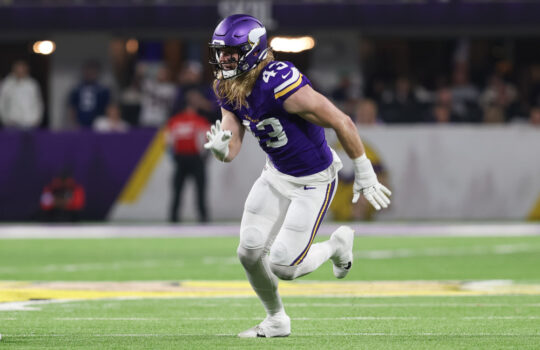



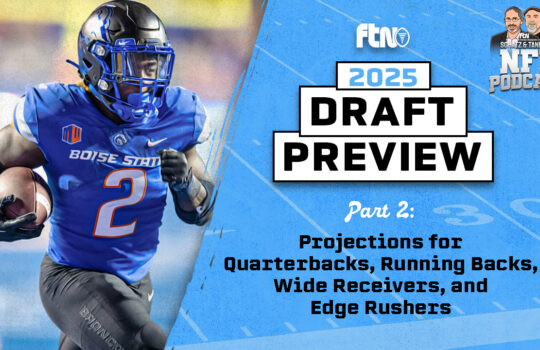

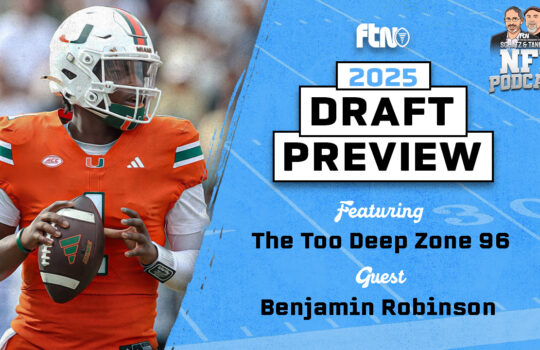





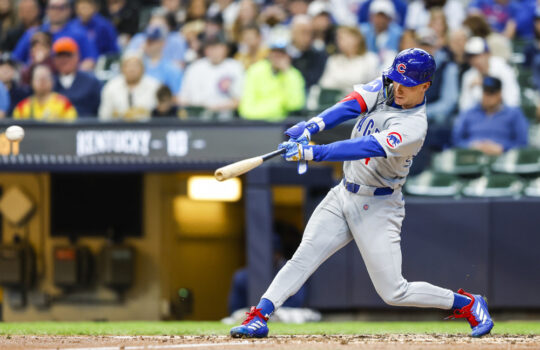

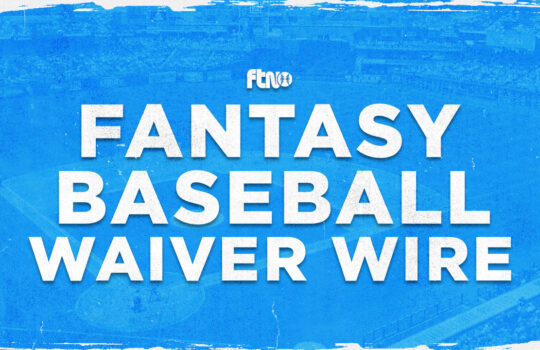

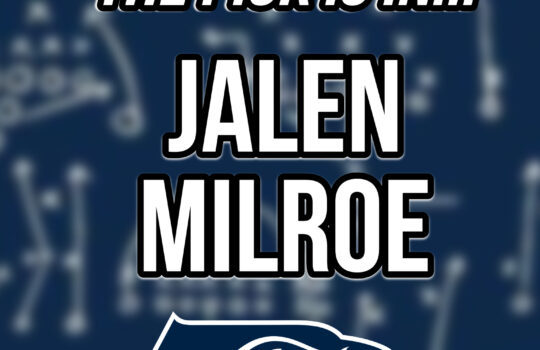

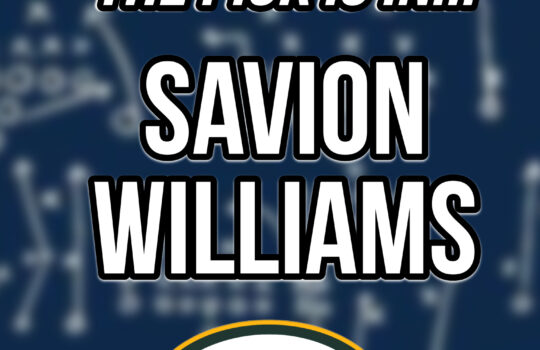
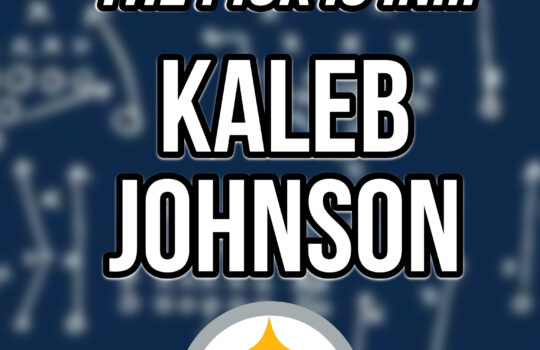

 New York Jets
New York Jets  New England Patriots
New England Patriots  Miami Dolphins
Miami Dolphins  Buffalo Bills
Buffalo Bills  Pittsburgh Steelers
Pittsburgh Steelers  Cleveland Browns
Cleveland Browns  Cincinnati Bengals
Cincinnati Bengals  Baltimore Ravens
Baltimore Ravens  Tennessee Titans
Tennessee Titans  Jacksonville Jaguars
Jacksonville Jaguars  Indianapolis Colts
Indianapolis Colts  Houston Texans
Houston Texans  Las Vegas Raiders
Las Vegas Raiders  Los Angeles Chargers
Los Angeles Chargers  Kansas City Chiefs
Kansas City Chiefs  Denver Broncos
Denver Broncos  Washington Commanders
Washington Commanders  Philadelphia Eagles
Philadelphia Eagles  New York Giants
New York Giants  Dallas Cowboys
Dallas Cowboys  Minnesota Vikings
Minnesota Vikings  Green Bay Packers
Green Bay Packers  Detroit Lions
Detroit Lions  Chicago Bears
Chicago Bears  Tampa Bay Buccaneers
Tampa Bay Buccaneers  New Orleans Saints
New Orleans Saints  Carolina Panthers
Carolina Panthers  Atlanta Falcons
Atlanta Falcons  San Francisco 49ers
San Francisco 49ers  Seattle Seahawks
Seattle Seahawks  Los Angeles Rams
Los Angeles Rams  Arizona Cardinals
Arizona Cardinals 
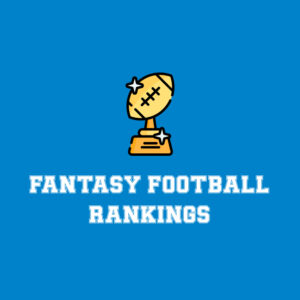
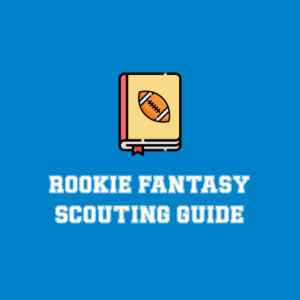
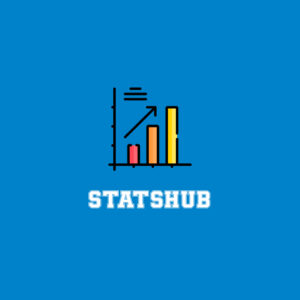





 Boston Celtics
Boston Celtics  Brooklyn Nets
Brooklyn Nets  Philadelphia 76ers
Philadelphia 76ers  New York Knicks
New York Knicks  Toronto Raptors
Toronto Raptors  Chicago Bulls
Chicago Bulls  Detroit Pistons
Detroit Pistons  Milwaukee Bucks
Milwaukee Bucks  Cleveland Cavaliers
Cleveland Cavaliers  Indiana Pacers
Indiana Pacers  Orlando Magic
Orlando Magic  Atlanta Hawks
Atlanta Hawks  Charlotte Hornets
Charlotte Hornets  Miami Heat
Miami Heat  Washington Wizards
Washington Wizards  Denver Nuggets
Denver Nuggets  Minnesota Timberwolves
Minnesota Timberwolves  Oklahoma City Thunder
Oklahoma City Thunder  Portland Trail Blazers
Portland Trail Blazers  Utah Jazz
Utah Jazz  LA Clippers
LA Clippers  Golden State Warriors
Golden State Warriors  Los Angeles Lakers
Los Angeles Lakers  Phoenix Suns
Phoenix Suns  Sacramento Kings
Sacramento Kings  Dallas Mavericks
Dallas Mavericks  Houston Rockets
Houston Rockets  Memphis Grizzlies
Memphis Grizzlies  New Orleans Pelicans
New Orleans Pelicans  San Antonio Spurs
San Antonio Spurs 
